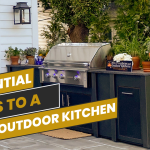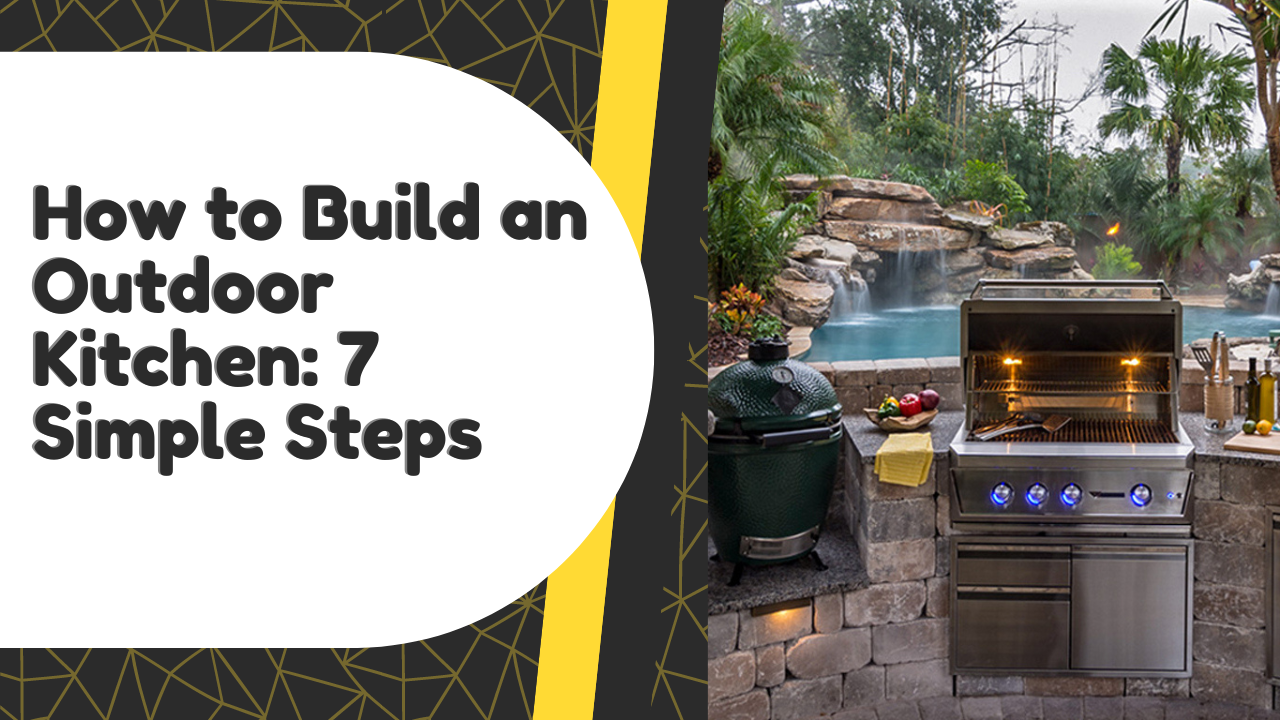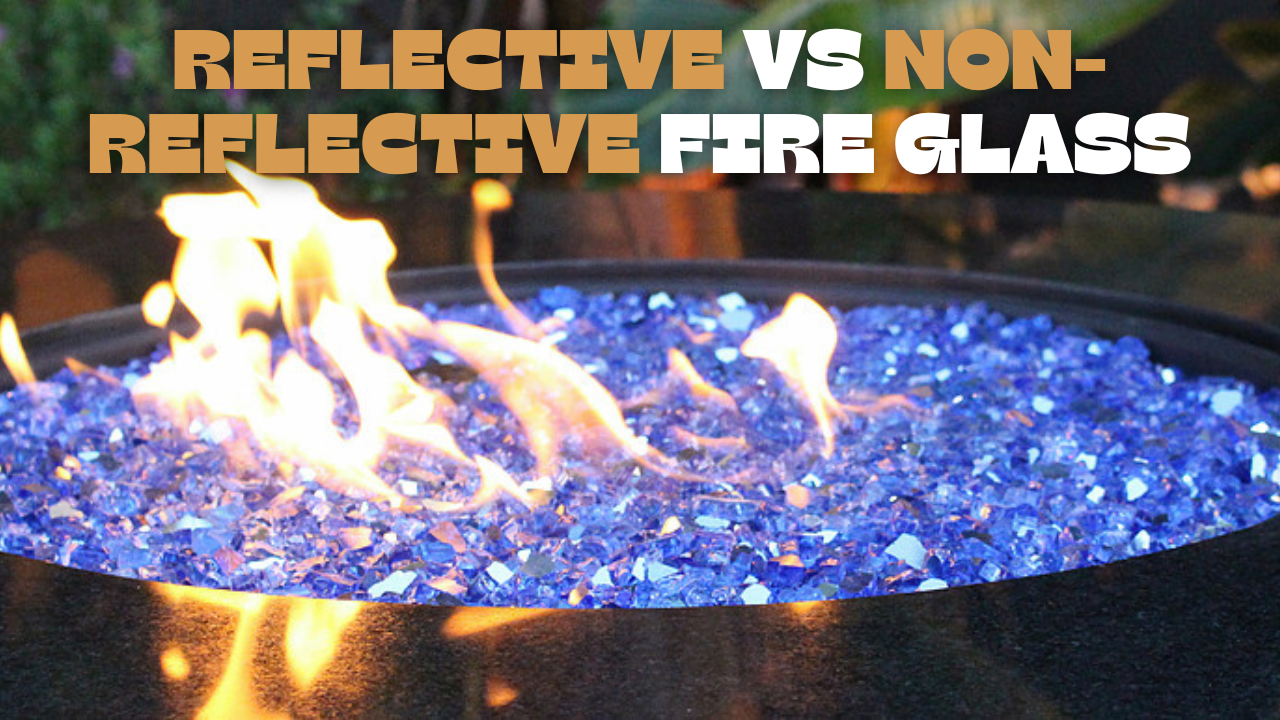Transforming your backyard into a functional and stylish outdoor kitchen requires meticulous planning and thoughtful consideration. The key to success lies in each step of the process, from selecting the right materials to executing the installation flawlessly. By meticulously attending to these details, you can craft a space that not only caters to your culinary requirements but also elevates your overall outdoor living experience. In this comprehensive guide, we’ll delve into the essential elements of building an outdoor kitchen, offering a thorough exploration of the crucial components that come together to form the ideal outdoor culinary oasis. Whether you’re a seasoned chef or an amateur cook, this checklist will serve as your roadmap to creating the perfect outdoor kitchen tailored to your needs and preferences.
Planning Your Outdoor Kitchen: The Foundation of Success
Planning your outdoor kitchen is the foundational step that sets the tone for a successful and enjoyable culinary space. This initial phase involves careful consideration of key elements that will influence the entire construction process. Here’s a more concise breakdown of why planning is crucial and the factors to consider:
1. Building Codes and Regulations:
- Why it matters: Understanding and adhering to local building codes ensures the safety and legality of your outdoor kitchen. Failure to comply can lead to complications and may require costly modifications.
- Reasons to Consider: Avoid legal issues, ensure structural integrity, and guarantee the safety of your outdoor culinary space by researching and following local building regulations.
2. Choosing the Right Location:
- Why it matters: The location of your outdoor kitchen influences its functionality and accessibility. Factors like wind direction, proximity to the indoor kitchen, and the overall flow of your outdoor living space play a vital role.
- Reasons to Consider: Enhance convenience, maximize utility, and create a seamless transition between indoor and outdoor cooking areas by strategically selecting the location of your outdoor kitchen.
Building the Foundation: Backer Board and Wood Frames
Building a solid foundation is paramount when constructing an outdoor kitchen, as it directly influences both its structural integrity and longevity. A sturdy foundation ensures that your outdoor kitchen can withstand the elements, constant use, and potential stresses that come with outdoor living. Two essential elements in establishing this foundation are backer board and wood frames.
1. Backer Board: Sturdy Support for Surfaces

- Purpose: Backer board serves as a stable and robust foundation for various surfaces in your outdoor kitchen, particularly countertops. It acts as a support layer, ensuring that the weight of appliances and cooking activities is evenly distributed.
- Materials: Backer boards are commonly made of cement or fiber cement. These materials are chosen for their resistance to moisture, which is essential in an outdoor environment where exposure to the elements is inevitable.
Advantages:
- Moisture Resistance: Backer boards resist moisture, preventing warping or deterioration over time.
- Strength and Stability: They provide a strong and stable base, especially crucial for supporting heavy countertops and appliances.
- Durable Construction: Backer boards contribute to the overall durability of your outdoor kitchen, ensuring it withstands the challenges of weather and usage.
2. Wood Frames: The Structural Backbone

- Purpose:- Wood frames form the structural backbone of your outdoor kitchen. They provide the essential framework on which various components, such as countertops and appliances, are mounted.
- Materials:- Choosing the right wood is crucial. Pressure-treated wood is a popular choice due to its enhanced resistance to decay, insects, and moisture. This ensures the longevity of the structure, especially in an outdoor setting.
Advantages:
- Durability: Pressure-treated wood is specifically treated to resist decay and insect damage, making it ideal for outdoor use.
- Versatility: Wood frames allow for flexibility in design and customization, accommodating various layouts and styles.
- Ease of Construction: Wood is generally easier to work with, making the construction process more manageable for DIY enthusiasts.
Choosing Between Backer Board and Wood Frames
The choice between backer board and wood frames depends on the specific requirements of your outdoor kitchen.
- If Moisture Resistance is Crucial: In areas prone to high humidity or frequent rain, backer board is an excellent choice due to its moisture-resistant properties.
- For Overall Structural Integrity: If you prioritize overall structural integrity and durability, incorporating both backer board for surfaces and pressure-treated wood frames for the structure can be a winning combination.
- Customization and DIY Projects: If you are a DIY enthusiast looking for ease of construction and design flexibility, wood frames may be the preferred option.
Choosing the Right Materials: Stainless Steel, Stone Veneer
Selecting the right materials for your outdoor kitchen is a crucial decision that significantly influences both the aesthetics and functionality of your space. Two popular choices, stainless steel and stone veneer, each bring distinct advantages to the table.
1. Stainless Steel: A Durable and Stylish Option

Stainless steel stands as the quintessential choice for outdoor kitchen construction owing to its exceptional blend of durability and aesthetic appeal. Its robust nature ensures longevity in the face of harsh weather conditions, frequent use, and exposure to various elements, making it the ideal material for withstanding the rigors of outdoor environments. Moreover, its corrosion-resistant properties make it impervious to rust and staining, ensuring that your outdoor kitchen maintains its pristine appearance over time with minimal maintenance requirements.
- Durability: Stainless steel is corrosion-resistant, making it ideal for outdoor use. It withstands exposure to the elements, ensuring your outdoor kitchen retains its polished look over time.
- Low Maintenance: Cleaning stainless steel is a breeze. With its smooth surface, it resists staining and is easy to wipe down, making it a practical option for those who prefer low-maintenance materials.
- Contemporary Aesthetic: Stainless steel imparts a contemporary, professional appearance to your outdoor kitchen. It complements various design styles and is often the preferred choice for a sleek, modern look.
- Hygienic: Stainless steel is non-porous, inhibiting the growth of bacteria and ensuring a sanitary surface for food preparation.
2. Stone Veneer: Enhancing Aesthetics with Natural Elegance

Stone veneer offers a remarkable blend of aesthetics and functionality, particularly when incorporated into outdoor kitchen designs. Unlike traditional solid stone constructions, stone veneer presents a lighter and more versatile option. Its thin profile makes it easier to handle and install, enabling homeowners to achieve the rustic charm of natural stone without the logistical challenges and expenses associated with heavier materials.
- Aesthetic Appeal: Stone veneer adds a rustic and natural charm to your outdoor space. The varied textures and colors create a visually appealing backdrop, integrating seamlessly with outdoor environments.
- Versatility: Stone veneer comes in a range of styles, allowing you to choose a look that complements your overall outdoor design. Whether you prefer a stacked stone appearance or a more polished finish, there’s a stone veneer option to match your taste.
- Heat Resistance: Stone veneer handles heat well, making it suitable for areas near grills and ovens. This heat resistance ensures the material remains intact and retains its aesthetic qualities over time.
- Increased Home Value: The addition of stone veneer can enhance your home’s curb appeal and potentially increase its resale value. It’s an investment that not only beautifies your outdoor kitchen but also contributes to the overall attractiveness of your property.
Making the Choice
When deciding between stainless steel and stone veneer, consider the overall design aesthetic you want to achieve and the level of maintenance you’re comfortable with. If a sleek, modern appearance and minimal upkeep are priorities, stainless steel is an excellent choice. On the other hand, if you lean towards a more natural and textured look that withstands heat effectively, stone veneer might be the perfect fit.
In some cases, a combination of both materials can be employed strategically, with stainless steel used for countertops and appliances and stone veneer for decorative elements like an accent wall or outdoor kitchen island facade. This allows you to enjoy the best of both worlds, creating a harmonious and functional outdoor kitchen tailored to your preferences.
Essential Appliances and Cooking Tools:
When it comes to designing an outdoor kitchen, selecting the right appliances and cooking tools is crucial for creating a space that not only looks good but also functions seamlessly. Here, we’ll explore the must-have items that can elevate your outdoor cooking experience.
1. Gas Grills: The Heart of Your Outdoor Kitchen

Reasons to Choose Gas Grills:
- Convenience: Gas grills provide quick and precise temperature control, allowing you to start cooking almost instantly.
- Versatility: These grills are suitable for various cooking styles, from searing to slow roasting, making them a versatile option for outdoor chefs.
- Easy Cleanup: Gas grills often have removable grates and trays, simplifying the cleaning process after each use
- Consistent Heat: With a constant fuel source, gas grills maintain a steady heat level, ensuring consistent and predictable cooking results.
- Cooking Utensils: Tools for Culinary Excellence.
Reasons to Choose Quality Cooking Utensils:
- Durability: Invest in sturdy, stainless steel or heat-resistant utensils that can withstand outdoor conditions and high cooking temperatures.
- Functionality: The right tools, such as spatulas, tongs, and grill brushes, are essential for precise control over your cooking and ensure you can handle various types of food.
- Safety: Using proper utensils reduces the risk of burns or accidents, ensuring a safer cooking environment.
- Maintenance: Quality utensils are often easier to clean and maintain, contributing to the longevity of your outdoor kitchen accessories.
Specialized Features: Pizza Ovens and Green Eggs
1. Pizza Ovens: Elevating Your Outdoor Culinary Experience

A pizza oven can be the centerpiece of your outdoor kitchen, adding a gourmet touch to your culinary endeavors. These ovens come in various types, including wood-fired, gas, and electric, each offering unique benefits. Here’s a brief overview of why a pizza oven might be the perfect addition to your outdoor space:
Reasons to Choose a Pizza Oven:
- Versatility: Pizza ovens are not limited to just pizzas. They can be used to bake bread, roast vegetables, and cook a variety of dishes, making them a versatile choice for outdoor cooking enthusiasts.
- Rapid Heating: Pizza ovens can reach high temperatures quickly, allowing for fast and efficient cooking. This is particularly advantageous when you want to achieve that perfect, crispy crust on your pizzas.
- Distinct Flavor: The high temperatures and even heat distribution in pizza ovens impart a unique flavor to your food. Whether it’s a Neapolitan-style pizza or a rustic loaf of bread, the distinct taste is sure to impress.
Entertainment Value: Pizza-making can be a communal and entertaining activity. Gathering friends and family around the pizza oven, letting them customize their pizzas, adds a social element to your outdoor cooking experience.
2. Green Eggs: The All-in-One Kamado-Style Cooker

The Green Egg, a kamado-style cooker, has gained immense popularity among outdoor cooking enthusiasts. Its unique design, inspired by ancient clay cooking vessels, offers a wide range of cooking possibilities. Here’s a concise exploration of the Green Egg and why it might be the perfect addition to your outdoor kitchen:
Reasons to Choose a Green Egg:
- Temperature Control: The Green Egg’s design allows for precise temperature control, making it suitable for various cooking styles, from grilling and smoking to baking and roasting.
- Efficiency: The ceramic construction of the Green Egg provides excellent insulation, allowing it to retain heat efficiently. This not only makes it fuel-efficient but also ensures even cooking.
- Versatility: Beyond grilling, the Green Egg can function as a smoker and an oven. Its versatility makes it a go-to choice for those who want an all-in-one cooking solution.
Durability: Made from high-quality ceramic, the Green Egg is known for its durability. It can withstand high temperatures and is built to last, making it a wise investment for outdoor cooking enthusiasts.
Plumbing and Gas Lines: Ensuring Functionality
- Gas Lines: Connecting for Convenience
Integrating gas lines into your outdoor kitchen allows for the seamless operation of gas-powered appliances. Understand the considerations for installing gas lines, ensuring safety and compliance with local regulations.
- Plumbing in the Outdoor Kitchen: Practical Considerations
If your outdoor kitchen includes a sink or other plumbing fixtures, understanding the practical considerations of outdoor plumbing is essential. Explore the options available and ensure a well-designed and functional plumbing system.
Finishing Touches: Scratch Coats and Outdoor Countertops
- Scratch Coat: Preparing for the Final Finish
A scratch coat is a preparatory layer that ensures a smooth and even surface for finishing materials. Learn about the importance of the scratch coat in the construction process and how it contributes to the longevity of your outdoor kitchen.
- Outdoor Countertops: Style Meets Functionality
Choosing the right outdoor countertop material is crucial for both aesthetic appeal and practicality. Explore different countertop options, their maintenance requirements, and how to select the best fit for your outdoor kitchen.
DIY Outdoor Kitchen: Embracing the Challenge
The Appeal of DIY Outdoor Kitchens
Building your outdoor kitchen can be a rewarding DIY project. Discover the advantages of taking on the challenge yourself, along with valuable tips and step-by-step guidance for a successful DIY outdoor kitchen construction.
Maintenance and Longevity: Preserving Your Outdoor Kitchen
- Pressure-Treated Wood: Enhancing Durability
Pressure-treated wood is a popular choice for outdoor structures due to its enhanced resistance to decay and insects. Explore the benefits of pressure-treated wood and how it contributes to the longevity of your outdoor kitchen.
- Dry Fit: Ensuring a Secure Assembly
The dry fit method involves assembling components without adhesive to ensure a precise fit before permanent installation. Learn about the importance of dry fitting in the construction process and how it contributes to the overall stability of your outdoor kitchen.
Conclusion: Bringing Your Outdoor Kitchen Dreams to Life
Building the perfect outdoor kitchen requires careful consideration of various elements, from planning and construction to appliance selection and finishing touches. By following this comprehensive outdoor kitchen checklist, you’ll be well-equipped to create a functional, stylish, and enduring outdoor culinary oasis that enhances your overall outdoor living experience. Whether you’re a seasoned DIY enthusiast or working with professionals, this guide provides the essential insights to make your outdoor kitchen dreams a reality.








